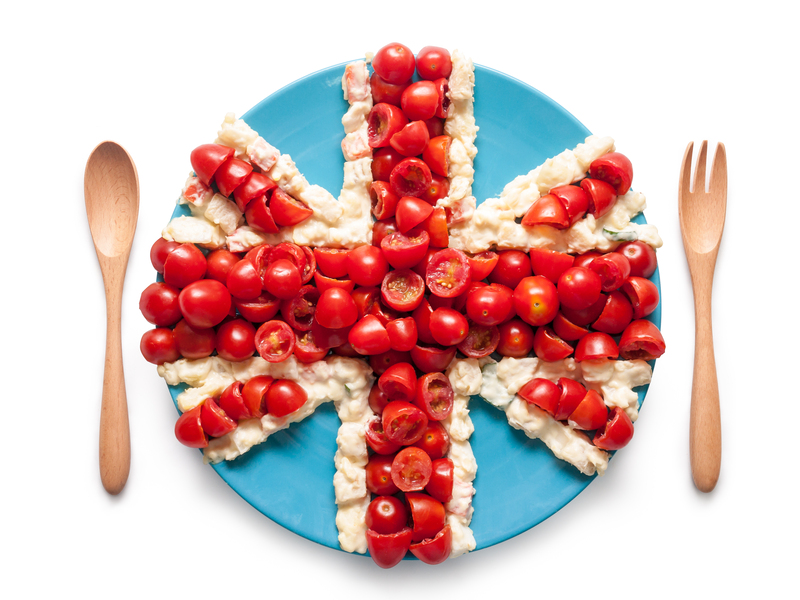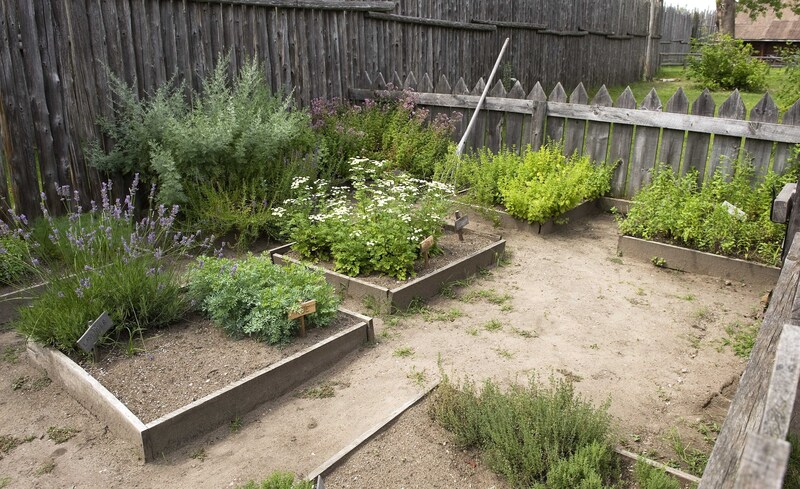Planning a Fun-Filled Garden for Little Explorers
Posted on 09/09/2025
Planning a Fun-Filled Garden for Little Explorers
Gardening offers a magical opportunity for children to connect with nature, learn responsibility, and embark on outdoor adventures. If you're considering planning a garden for little explorers, this guide will show you how to create an engaging, educational, and safe outdoor space packed with fun activities and exploration opportunities. Whether you have a large backyard or a petite patio, designing a garden for children is both rewarding and achievable.
Why Create a Garden for Children?
- Encourages curiosity: A nature-rich play area fosters a sense of wonder and curiosity about plants and wildlife.
- Supports physical development: Gardening activities improve children's motor skills and coordination.
- Educational opportunities: Children learn about life cycles, seasons, and environmental stewardship.
- Boosts well-being: Time outdoors reduces stress, promotes creativity, and encourages healthy living.
Benefits of a Kid-Centric Outdoor Space
Incorporating playful elements in your garden not only entertains but also educates. Let your children discover the wonders of gardening, feel textures, and watch the life cycle of plants and insects unfold before their eyes. A thoughtfully designed garden for kids supports their mental, physical, and emotional growth while strengthening family bonds.

Key Elements for a Fun-Filled Children's Garden
1. Safety First
When planning a fun-filled garden for little explorers, safety is paramount. Prioritize these tips:
- Section off areas containing tools or chemicals.
- Avoid toxic plants--opt for kid-safe varieties like sunflowers, cherry tomatoes, and marigolds.
- Install soft mulch or grass for cushioning falls.
- Ensure paths are even and free from hazards.
- Provide shaded spots for rest and hydration.
2. Age-Appropriate Layout
Design the garden to match your child's age and abilities. Little ones may need raised beds or container gardens, while older children can help plant or build features. Keep the design simple yet interactive.
3. Creative Play Zones
Dedicate areas for role-play, art, and discovery:
- Mud Kitchens: Perfect for sensory play and imaginative cooking.
- Little Explorers' Dens: Use sticks and fabric to build teepees or hideaways.
- Fairy or Dinosaur Gardens: Miniature landscapes for pretend play.
- Simple Water Features: Splash tables or mini streams for hands-on fun under supervision.
Inspirational Garden Ideas for Little Adventurers
1. Sensory Gardens
A sensory garden is tailored to engage all five senses. Use plants and materials that invite children to touch, smell, see, hear, and even taste!
- Sight: Grow vibrant blooms like sunflowers, zinnias, and nasturtiums.
- Touch: Choose fuzzy lamb's ear, feathery grasses, and smooth stones.
- Smell: Plant lavender, mint, rosemary, or scented geraniums.
- Sound: Add wind chimes, rustling bamboo, or seed pods that rattle.
- Taste: Grow edible treats such as strawberries, cherry tomatoes, and snap peas.
2. Edible Gardens
Kids love snacking straight from the garden. Consider these easy-to-grow, child-friendly crops:
- Cherry tomatoes
- Peas and beans (climbing varieties for added interest)
- Salad greens like lettuce and spinach
- Radishes (quick harvest!)
- Baby carrots and strawberries
Tip: Let children select seeds and get involved in planting and harvesting--it's a delicious lesson in patience and self-sufficiency!
3. Wildlife Havens
Transform your garden for little explorers into a sanctuary for bees, butterflies, and birds. Provide:
- Native flowering plants for pollinators
- Bug hotels and bee houses for observing insects
- Bird feeders and shallow bird baths
- Logs and stones for hiding spots
Watching wildlife up close is delightful and educational for children of all ages!
4. Mini Adventure Trails
Create winding garden paths with:
- Stepping stones
- Wooden planks
- Gravel trails or log rounds
- Planted arches or tunnels of climbing beans/sunflowers
These garden 'journeys' invite exploration and imaginary play, turning every trip outside into a mini adventure.
How to Involve Kids in Garden Planning and Maintenance
The Magic of Participation
Kids are more invested in their outdoor space when they have a say in it. Ask for their ideas: what colors do they like? Which vegetables or flowers interest them? Collaborate on garden themes, signage, and planting schemes to foster a true sense of ownership.
Kid-Friendly Gardening Chores
- Sowing seeds
- Watering with small cans
- Picking ripe produce
- Collecting leaves or sticks
- Building bug hotels or fairy houses
Making Learning Fun
Gardens are living classrooms. Try activities like:
- Drawing plant growth in a journal
- Identifying insects or birds and keeping a log
- Storytelling sessions in fairy corners or explorer tents
- Nature-based crafts (making crowns, painting stones, leaf prints)
Planning an educational garden for little explorers ensures playtime is packed with both fun and learning.
Tips for a Low-Maintenance, All-Weather Children's Garden
- Use hardy, child-safe plants that require minimal care.
- Opt for perennial shrubs or wildflower meadows for color year after year.
- Install rain shelters or play tents for rainy days.
- Install storage benches for toys and gardening gear.
- Plan for easy cleanup--mulch paths and use washable paints.
Essential Garden Tools for Children
- Lightweight, sturdy trowels, spades, and rakes
- Mini watering cans
- Gardening gloves sized for little hands
- Knee pads or mats
- Colorful buckets and baskets
Teach safety and responsibility when handling tools by supervising activities and establishing garden rules.
Design Inspiration: Garden Themes for Little Explorers
- Pirate Adventure: Sand pits, 'treasure chests,' and sea-themed planting
- Enchanted Fairyland: Fairy doors, tiny furniture, and magical flowers
- Dinosaur World: Ferns, moss, and toy dinos hidden among foliage
- Wildlife Safari: Trails and observation hides for watching birds and bugs
- Rainbow Garden: Beds arranged by color, teaching color recognition
*Choosing a theme gives your garden for little explorers an extra spark of excitement and helps guide your design choices.*
Practical Planning Checklist
- Assess garden space and sunlight
- Eliminate hazards and set up barriers where needed
- Select age-appropriate features
- Choose child-safe, easy-to-grow plants
- Designate play, learning, and relaxation zones
- Gather kid-friendly tools and materials
- Plan for year-round enjoyment with shelter and hardy plants
- Set up storage for toys and equipment

Maintenance: Keeping the Garden Fun All Year
It's important to keep the garden inviting and safe throughout the seasons:
- Regularly inspect for hazards or damaged equipment
- Refresh mulch and check plant health
- Change up activities--winter bird feeding, autumn leaf play, spring planting
- Store and clean toys and tools after use
*A well-maintained garden for children continues to be a source of joy, learning, and discovery whatever the weather.*
Conclusion: Nurturing Young Minds in the Garden
Planning a fun-filled garden for little explorers is more than a project--it's a journey into a world of growth, wonder, and lifelong memories. From sensory gardens to edible patches and adventure trails, these spaces spark curiosity and nurture developing minds. As you embark on this adventure, remember to prioritize safety, invite creativity, and celebrate every small discovery with your children.
Involving kids in the design, planting, and care of their outdoor space ensures their garden for little explorers truly becomes their own magical wonderland--a safe haven for fun, learning, and a love for the natural world.
Ready to transform your outdoor space? Get inspired, start planning, and watch your little explorers bloom!

